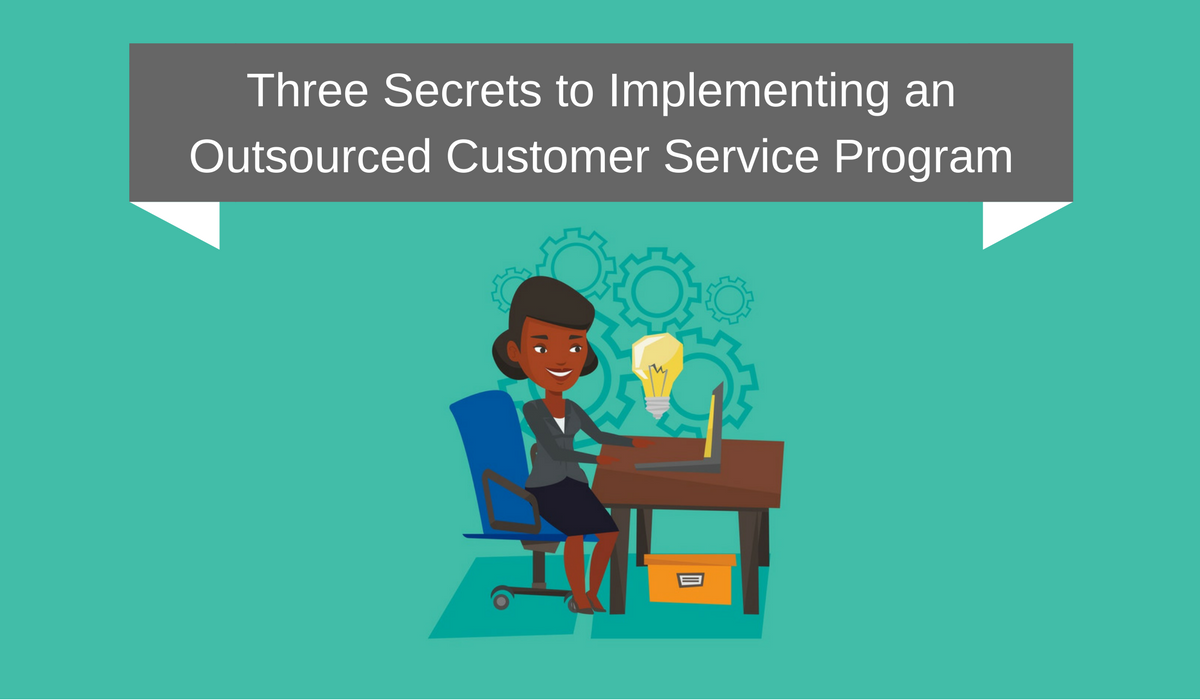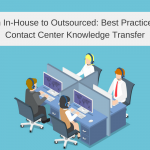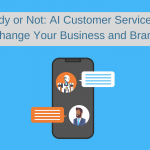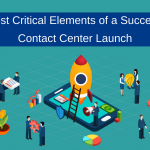Three Secrets to Implementing an Outsourced Customer Service Program

The road to choosing an outsourced contact center provider is usually a long one. It’s a strategic decision to protect your brand and put customer care in the hands of experts so you can focus your organization’s resources on your core competencies. But it’s a lengthy process loaded with informal conversations as well as the more formal call center RFP process. When you finally see the light at the end of the tunnel and are feeling confident in your decision, there’s no time to rest. Next comes implementation. Understanding the realities around go-live dates, knowledge transfer, and agent recruiting will prepare you for a successful customer service outsourcing implementation. Here’s what you need to know.
1. The launch date isn’t really the launch date.
You might be under the impression that the go-live date is your launch date; the day when those first contacts flooding into your partner’s call center instead of your own. The unexpected truth is that the first day of agent training is the real launch date. These are the people interfacing with your most important asset: your customers. Thus, you need rock solid people and processes. That includes a well-trained trainer, effective training materials, and established processes like call center quality monitoring and call center technology for your first day of training.
The first 90 days of your contact center program will be as strong – or as weak – as the training of that first group of new agents. A successful go-live date is dependent upon an implementation plan that places heavy emphasis on agent training.
2. You don’t really know what you know.
Effective knowledge transfer is everything. Whether you’re moving from an in-house model or an old vendor, it can be easy to overlook vital elements of your current program because they are so engrained. For your new partner to succeed, you must examine every aspect of your existing program with fresh eyes.
A new contact center agent – no matter how well they are trained – will not have the leverage of a long-tenured agent who “just knows” where to look for answers. And your current tech team likely has a sixth sense about the idiosyncrasies of your CRM. Likewise, your recruiting coordinator has probably developed a knack for identifying the right candidate for your team. This is innate knowledge that must be transferred to your new partner through a comprehensive plan.
As soon as you sign that contract, you must establish team-to-team relationships to initiate effective knowledge transfer. Put your tech teams in each other’s pockets for a couple of weeks. Get your reporting teams working together. Budget for key people like HR directors, program managers, and trainers to spend time at both sites. It is one of the best investments you can make for a seamless transition.
3. Speed is not your friend.
It is quite the journey through the RFP process, and once you’ve officially signed a contract, you might be tempted to ask, “how fast can we implement this program?” However, speed is the enemy of a great program transition. Our advice: do not compromise on the people process and do not compromise on establishing good governance by clearly defining success measures and aligning expectations.
If you’re struggling with a tight deadline, choose wisely where the hurrying should happen. If you must condense the timeline, do so without compromising key deliverables. In particular, consider that customer service outsourcing is like flying a plane – the risks are highest at the beginning of the journey and the end. You want seasoned experts at the controls of your implementation process. Work closely with your new partner to nail down the most effective implementation plan for your unique program.
Ready to launch your new customer service outsourcing program? Let’s chat.




